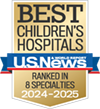Project ADAM: Lawson’s Legacy
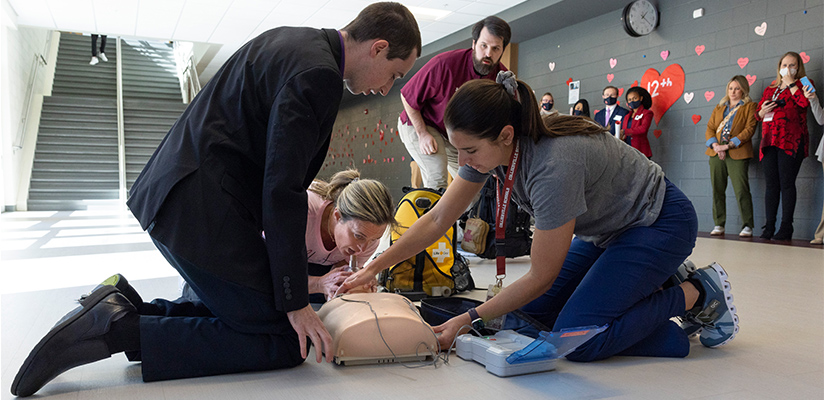
Project ADAM: Lawson’s Legacy at Le Bonheur Children’s promotes and facilitates the prevention of sudden cardiac arrest (SCA) in children, adolescents and others in schools and communities in the region. By connecting with local schools, Project ADAM: Lawson’s Legacy provides free education, planning and training for implementing a cardiac emergency action plan in the event of sudden cardiac arrest (SCA).
Project ADAM (Automated Defibrillators in Adam’s Memory) was founded as a result of 17-year-old Adam Lemel collapsing and dying on a school basketball court. Because of that tragedy, Project ADAM was created to make automated external defibrillators (AEDs) available to school-age children. The national project also seeks to prevent sudden cardiac death through education, prevention and research.
Le Bonheur’s chapter of Project ADAM is called “Lawson’s Legacy” in memory of Lawson Wherry – a healthy and active young adult whose heart showed no signs of dysfunction before it suddenly stopped. He was adventurous and kindhearted. Almost 1,600 people attended his funeral - a testimony of Lawson’s legacy. To share and further this legacy, his family joined the effort to bring Project ADAM to the Mid-South by creating “Lawson’s Legacy” through Le Bonheur.
How to Become a “Heart Safe School”
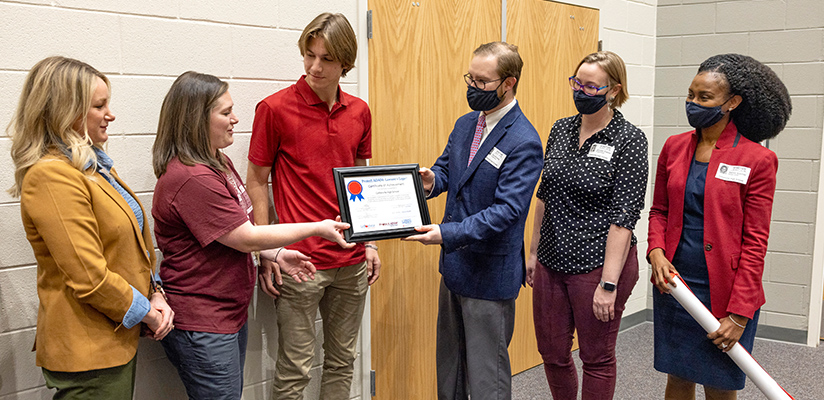
Project ADAM: Lawson’s Legacy provides free education and planning assistance to parents, administrators, school nurses, athletic trainers and coaches. We provide an onsite, phone and/or written review of your current cardiac emergency action plan (EAP). A comprehensive EAP may save the life of a student, staff member, parent or visitor who experiences sudden cardiac arrest..
Purchasing an automated external defibrillator (AED) is only a small part of a successful plan. The key elements of a good cardiac EAP include:
- An AED coordinator who will ensure regular AED maintenance and training of first responders
- A written plan that includes communication, response team training and practice and actions to take after the AED device is used
- A first responder team of five to 10 people who are trained in CPR, use of the AED and the EAP
- An AED practice drill at least annually
What is Sudden Cardiac Arrest?
Sudden cardiac arrest (SCA) happens when a child or adult experiences a sudden collapse because of ventricular fibrillation. This disorganized heart rhythm causes the heart to suddenly stop beating normally and blood does not pump through the body. Because blood isn’t reaching the lungs or brain, the person suddenly passes out and becomes unresponsive with no pulse and abnormal or no breathing.
Warning signs of possible SCA risk in a student:
- Discomfort, pain or pressure in chest during or after exercise
- Fainting, nearly fainting or seizure-like activity during or after exercise, emotion or surprise
- Excessive, unexpected and unexplained fatigue or shortness of breath with exercise
- Skipping or racing heartbeats
- Family history of sudden death prior to age 50 or heart abnormalities
If any of these signs or family history are present, or if an adult witnesses these symptoms in a student, the student should be further evaluated by their primary care provider, who can then make appropriate referrals as needed. The Tennessee Secondary School Athletic Association requires a pre-participation form to help identify student athletes at risk for SCA. Use of other screening techniques, such as electrocardiogram (ECG) and echocardiogram, should be at the discretion of a student’s health care provider.
A person experiencing sudden cardiac arrest can often be successfully treated with early CPR, rapid defibrillation with an AED and early activation of emergency medical services (EMS). All are critical factors and could double or triple the person’s chance of survival.
How Does an AED Work?
An automated external defibrillator (AED) is a device that looks for a shockable heart rhythm and delivers a shock only if needed. It is small, portable, automated and easy to operate. Voice prompts give instructions, and the machine will not shock someone who does not need to be shocked. Successful resuscitation depends on treatment with CPR and an AED within three to five minutes of the person’s collapse.
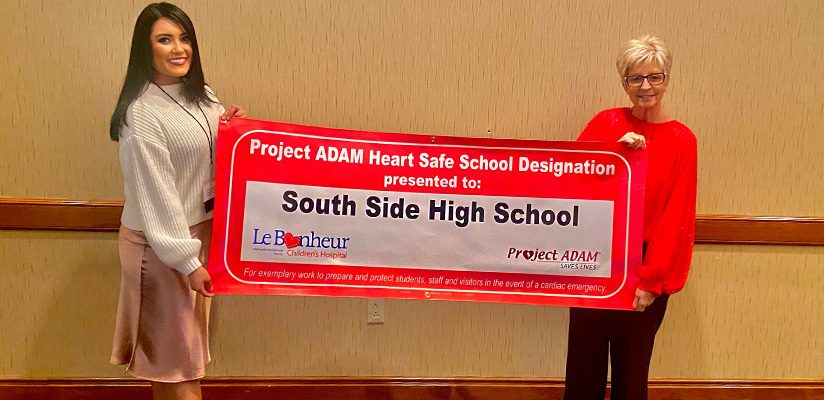
Lawson’s Story
Lawson Wherry was a healthy and active young adult whose heart showed no signs of dysfunction before it suddenly stopped. He was adventurous and kindhearted. Almost 1,600 people attended his funeral - a testimony of Lawson’s legacy. To share and further this legacy, his family joined the effort to bring Project ADAM to the Mid-South by creating “Lawson’s Legacy” through Le Bonheur.
Contact Us
To learn how to prepare for a cardiac emergency in your school or community, you may contact our Coordinator at Mandy.White@lebonheur.org.
Meet the Project ADAM: Lawson's Legacy Team
Providers
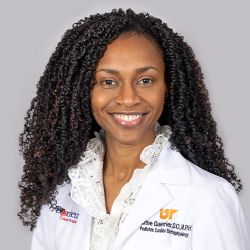
Dr. Guerrier is director of the Cardiac Electrophysiology (EP) Program and also directs the cardiac rhythm device management, pacemakers and automatic external defibrillators (AEDs) at Le Bonheur. She also is an interventional electrophysiologist with advanced training in this subspecialty. She completed her training in pediatric cardiology and pediatric electrophysiology at Cincinnati Children's Hospital Medical Center. Dr. Guerrier is certified by the American Board of Pediatrics with a cardiology subspecialty. She is an associate professor with the University of Tennessee Health Science Center.

Dr. Kramer is a dual-trained, triple-boarded cardiac critical care intensivist who is certified by the American Board of Pediatrics in pediatrics, with a cardiology subspecialty and a critical care subspecialty. She is the Associate Medical Director of the Cardiovascular Intensive Care Unit and Associate Program Director of the Pediatric Cardiology Fellowship program and is an assistant professor at the University of Tennessee Health Science Center. Dr. Kramer completed fellowships in Pediatric Critical Care Medicine and Pediatric Cardiology at Johns Hopkins Children's Hospital in Baltimore, Maryland before joining the Heart Institute at Le Bonheur Children's Hospital.

Dr. Ryan is a specially-trained pediatric cardiologist with advanced training in cardiomyopathy, heart failure and heart transplant care. She completed her fellowship training in Pediatric Cardiology, Pediatric Heart Failure and Heart Transplantation at Le Bonheur Children's Hospital Heart Institute. She is an associate professor at the University of Tennessee Health Science Center and is certified by the American Board of Pediatrics with a cardiology subspecialty.
Project ADAM: Lawson’s Legacy Coordinator
Mandy White, RCES



